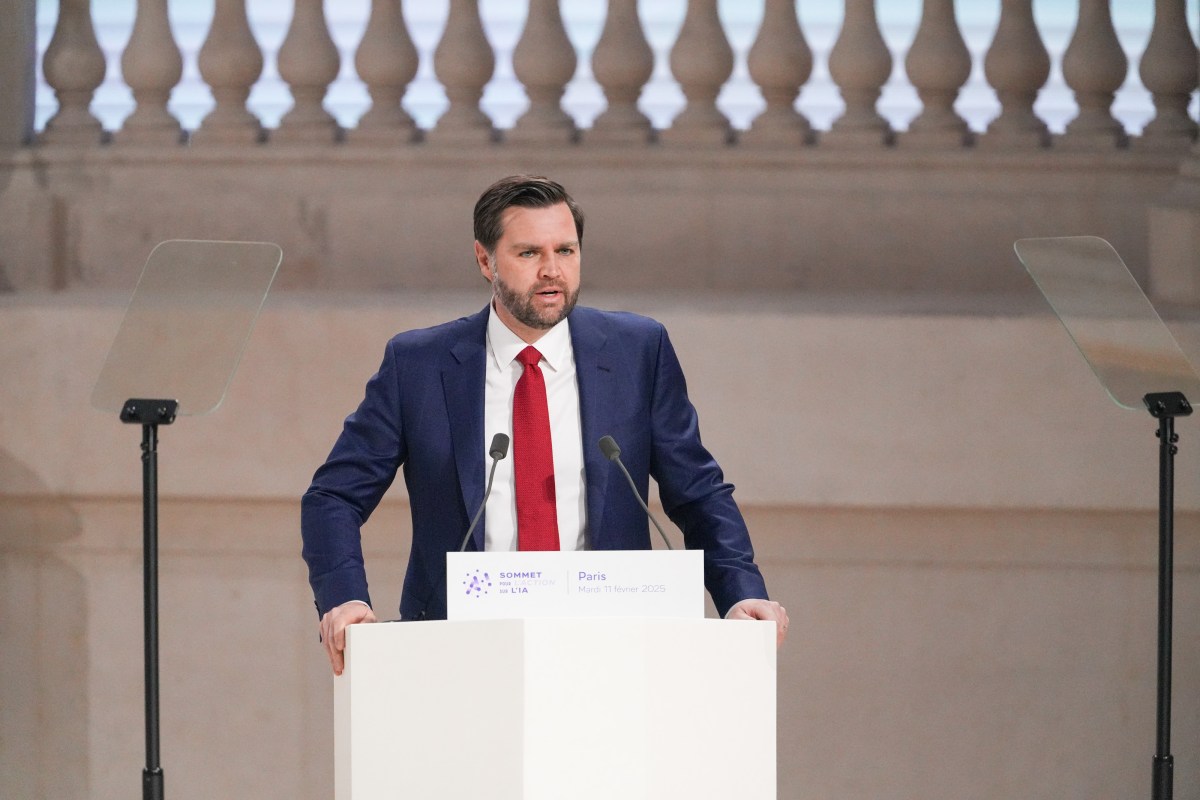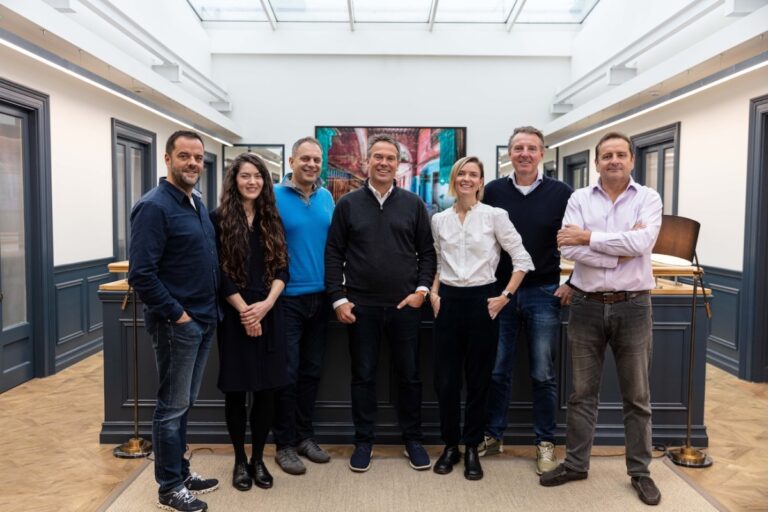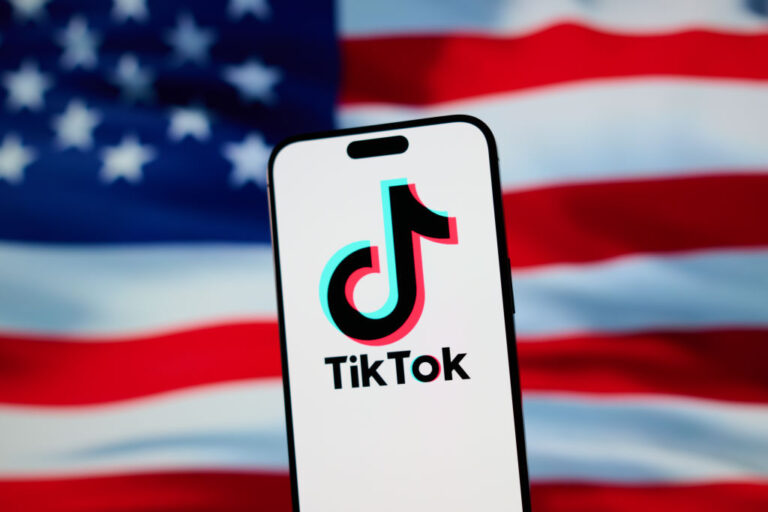JD Vance Critiques EU AI Regulations and Celebrates US Tech Dominance in Paris
The recent AI Action Summit in Paris highlighted significant discussions on the future of artificial intelligence (AI) and regulatory frameworks. Despite not signing the summit’s resolutions, the U.S. made a notable appearance through Vice President J.D. Vance, who emphasized the nation’s stance on maintaining its dominance in the AI sector. This article explores key points from Vance’s speech, the evolving landscape of AI regulation, and the implications for global collaboration in AI development.
The U.S. Stance on AI Development and Regulation
At the summit, Vice President Vance articulated a vision for U.S. artificial intelligence that prioritizes opportunity over regulation. He stated that the U.S. is crafting its own AI action plan aimed at ensuring that American innovations remain the gold standard worldwide. Here are some central themes from his address:
- AI as a Tool for Growth: Vance urged the audience to embrace the potential of AI, shifting the focus from safety concerns to the opportunities AI presents.
- Invitation for Global Collaboration: He extended an invitation for other nations to collaborate with the U.S. in developing AI models that align with their interests.
- Concerns Over Excessive Regulation: Vance warned that over-regulation could stifle AI innovation, advocating for deregulation as a path to growth.
Key Areas of Focus for the U.S.
Vance outlined four crucial areas where the U.S. intends to concentrate its efforts:
- Setting Global Standards: The U.S. aims to be a partner of choice in AI technology development for other countries and businesses.
- Deregulation: He claimed that excessive regulations could hinder AI’s potential, advocating for a pro-growth environment.
- Combatting Authoritarianism: Vance asserted that American-made AI should not be used for authoritarian purposes, emphasizing the need for ethical AI practices.
- Job Creation: Highlighting the potential of AI to enhance job opportunities, Vance stated that the Trump administration will champion a pro-worker growth path.
Navigating AI Safety and Innovation
While Vance acknowledged the importance of safety in AI development, he argued that a focus on safety should not overshadow innovation. He criticized the notion of AI safety as being politically motivated, suggesting that it could serve the interests of large corporations rather than the public. Vance emphasized the following points:
- Building Infrastructure: He stressed the need for reliable infrastructure to support AI development, from power plants to manufacturing facilities.
- Opportunity Over Fear: Encouraging a culture of innovation, he urged stakeholders to seize the opportunities presented by AI rather than succumbing to fears about safety.
Contrasting Views on AI Regulation
Interestingly, Vance’s call for lighter regulation echoed sentiments expressed by European officials at the summit. EU President Ursula von der Leyen underscored the importance of establishing a unified AI regulatory framework to ensure safety across the European Union. She stated:
“AI needs the confidence of the people and has to be safe. This is the purpose of the AI Act to provide a single set of safe rules across the European Union for 450 million people.”
Vance’s proposal for a “level playing field” in AI regulation raises questions about how it will affect smaller companies compared to tech giants. The implementation of such policies will be crucial in fostering an environment where innovation can thrive without compromising safety.
Conclusion
The AI Action Summit in Paris has sparked significant dialogue about the future of artificial intelligence and the regulatory environment surrounding it. As nations navigate the complexities of AI governance, balancing innovation with safety remains a critical challenge. The U.S. stance, as articulated by Vice President Vance, highlights a commitment to maintaining leadership in AI while encouraging global collaboration.
For more insights on artificial intelligence developments, visit our AI news page or explore the European Commission’s AI Act for comprehensive regulatory information.







